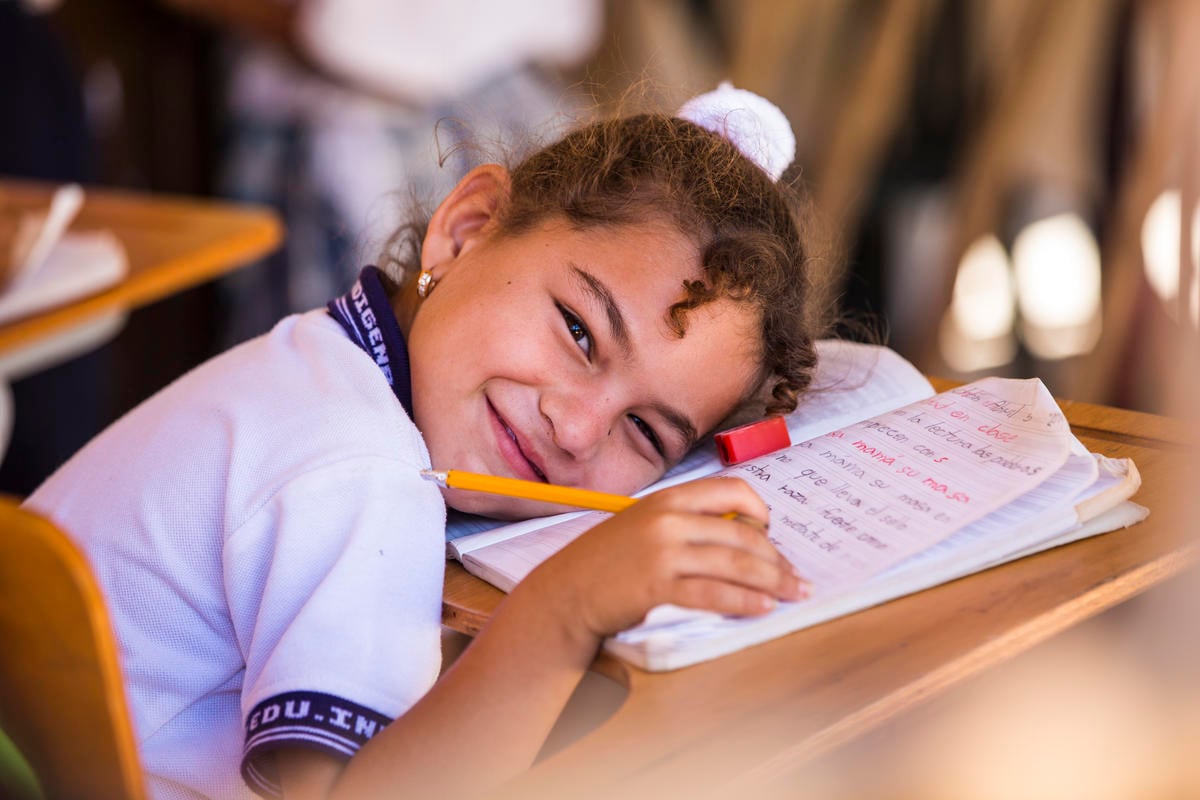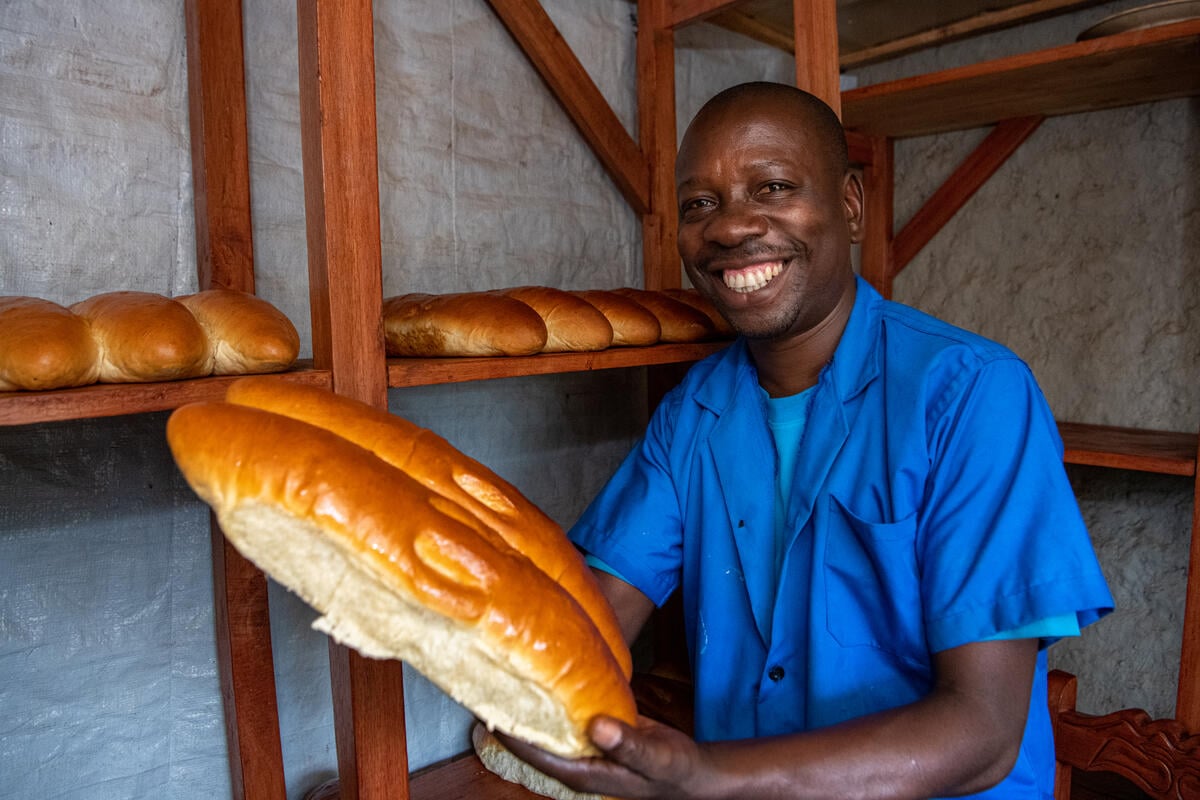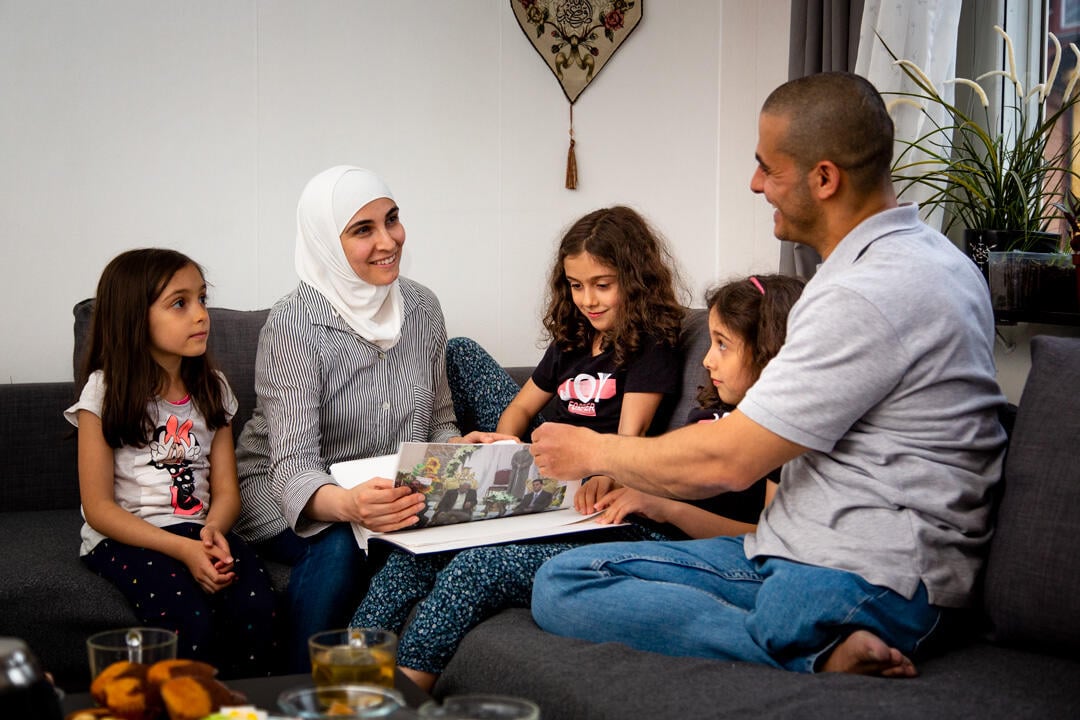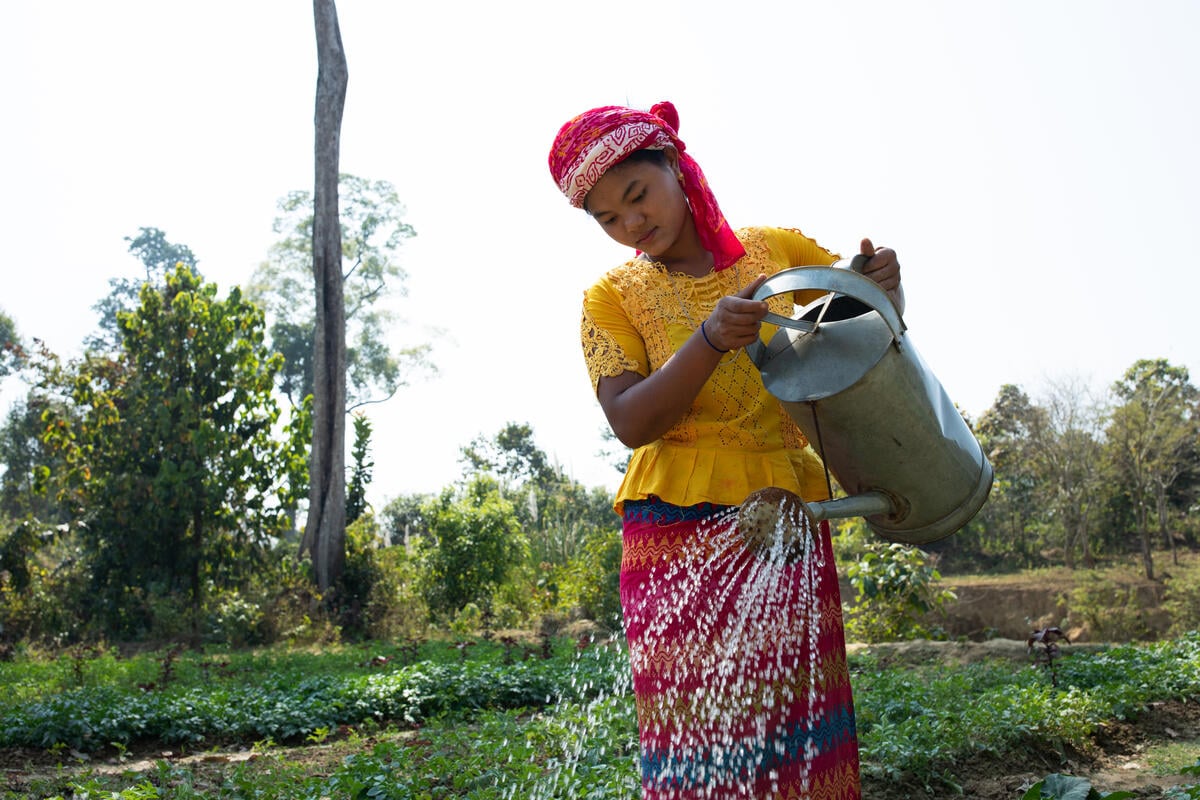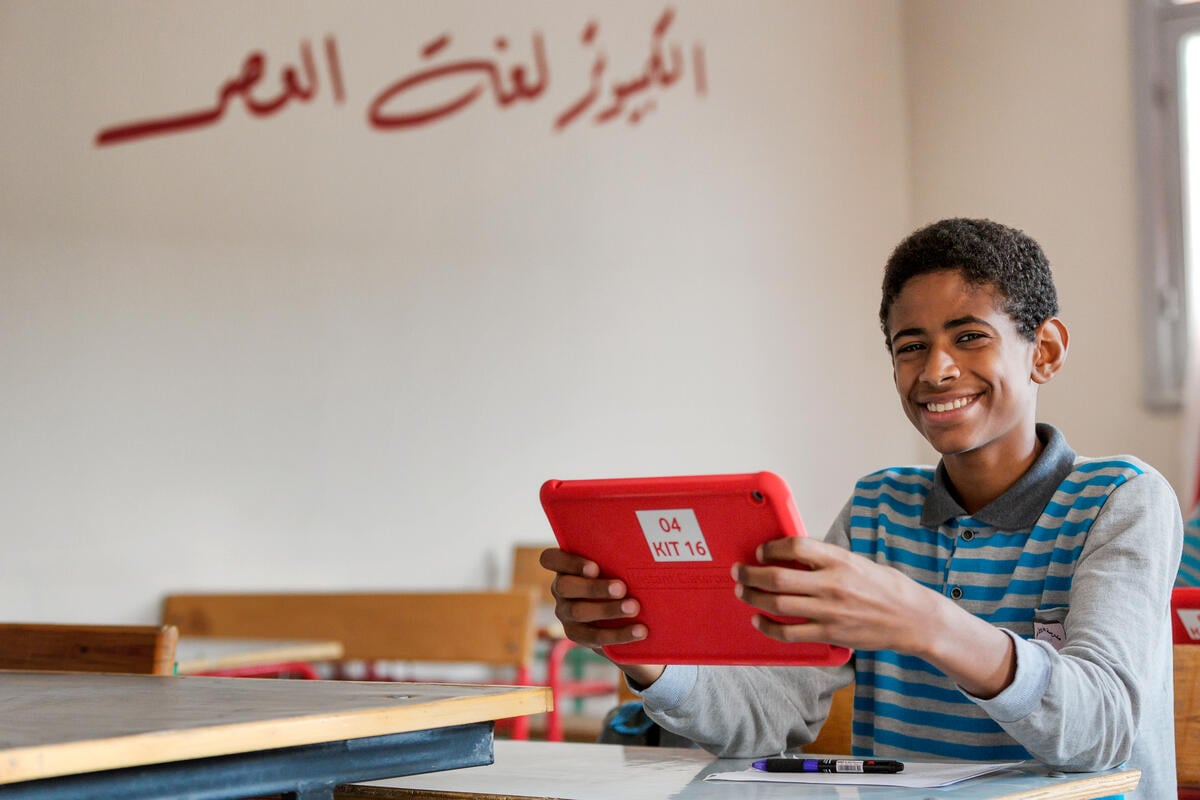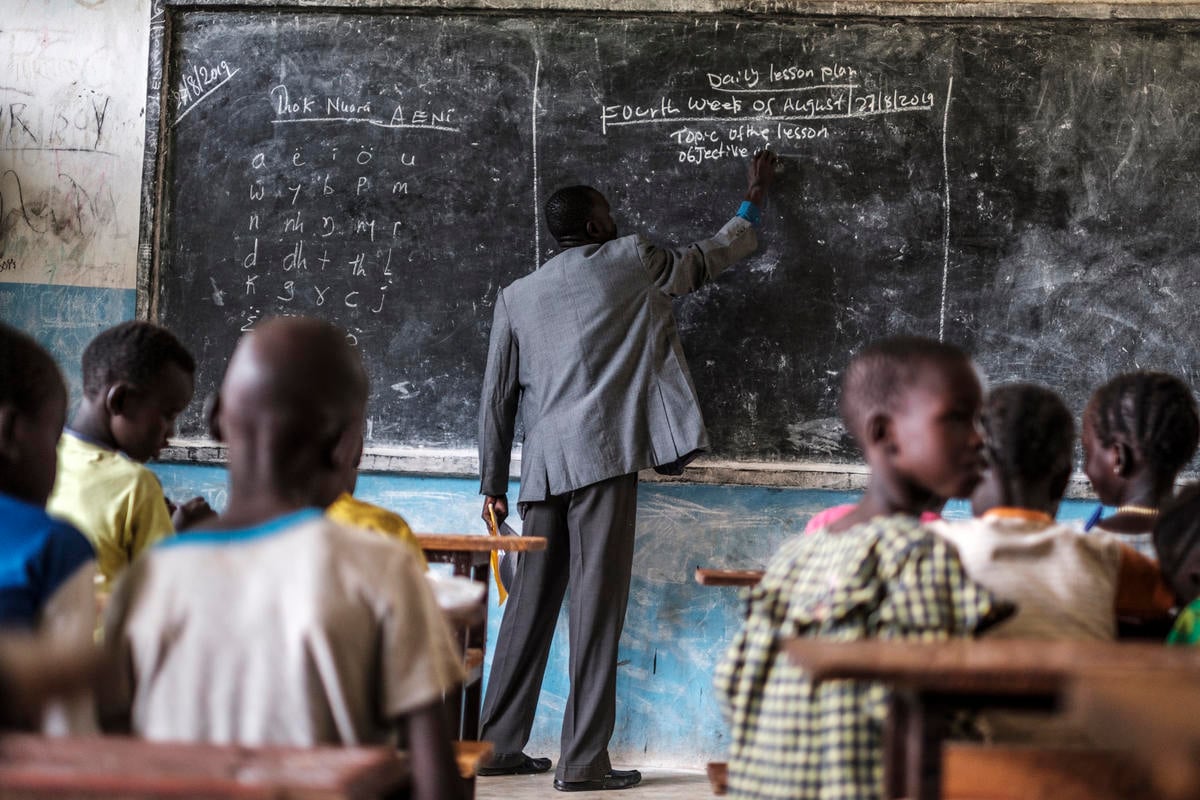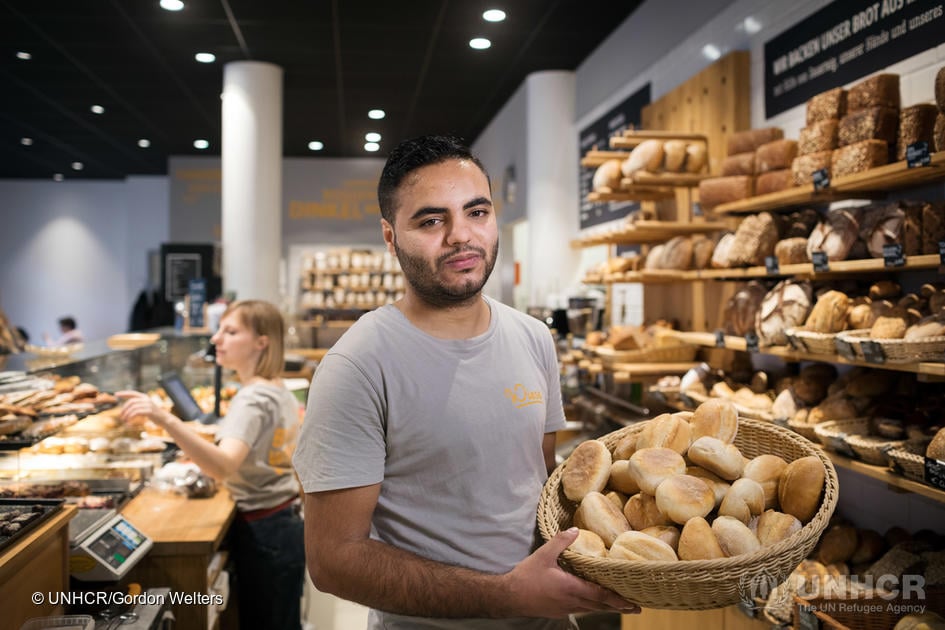Build better futures
Build better futures
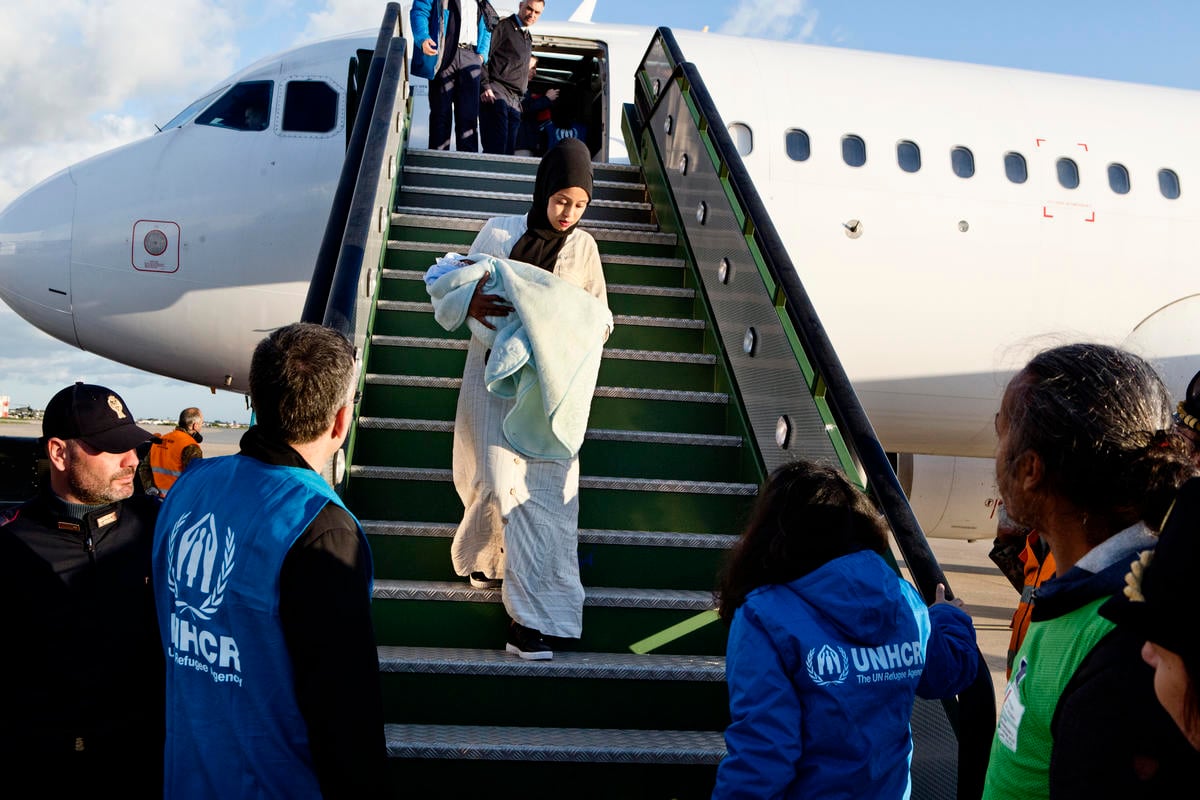
Helping displaced people rebuild their lives and finding long-term solutions
Once someone becomes a refugee, they are often displaced for a long time, unable to return home due to fear of persecution or harm.
This can last years, if not decades or even generations. What is supposed to be a temporary situation becomes permanent, leaving many people and their families in legal and economic limbo.
UNHCR helps them to rebuild their lives through access to education and work. This also helps displaced people to regain a sense of purpose and become part of the communities where they live.
At the same time, we work with governments and the international community to find long-term solutions so refugees can find a place to call home, this can include support to integrate into the country where they have sought refuge, repatriation to their home country (when safe to do so), or resettlement in a third country.
As we look to the future, UNHCR is also preparing to be ready for future humanitarian and protection challenges through our work on climate change and innovation initiatives.
Text and media 7
Education
When children and young people are forced to flee, they can miss out on years of schooling. UNHCR works with governments and partners to help them access quality education and training. With almost half of the world’s refugees under 18 years, this is critical to prevent millions of children from falling behind their peers.
School also offers a stable and safe environment for children who have been through the traumatic experience of displacement and can help protect them from forced recruitment into armed groups or child labour.
Text and media 8
Livelihoods
UNHCR works to help people forced to flee earn a living so they can be self-reliant. Through safe work, refugees can provide for their families’ basic needs, maintain their dignity and contribute to society, which is what they want.
We work with governments to advocate for refugees’ right to work in host countries, and help refugees develop skills and find employment opportunities, such as running a small farm, opening their own business, or as an employee in a local business or company.
Text and media 10
Long-term solutions
Since UNHCR’s creation in the aftermath of the Second World War, seeking long-term solutions for refugees has been central to our mandate.
A solution marks the end of the refugee and displacement situation. It is when an individual is able to safely return to their home or they are granted a new nationality. With a permanent home, they and their family can finally leave uncertainty behind and begin to rebuild their lives in peace, dignity and with renewed hope for the future.
UNHCR works with governments and the international community to find long-term solutions and supports refugees to make the transition. This can include voluntary repatriation back to their home country, when safe to do so, integration within the current host country, or resettlement in a third country.
Text and media 11
Environment, disasters and climate change
As we look to the future, we know climate change and the environment will continue to impact on our work at UNHCR and the lives of forcibly uprooted people around the world.
We are working to reduce our environmental impact, meet the protection challenges already being amplified by climate change and prepare for those to come.
Learn more about our work on Environment, disasters and climate change
Text and media 14
Innovation
We are also preparing for future humanitarian challenges through our Innovation Service. With more people forcibly uprooted than ever, and the number continuing to grow, we must find innovative solutions to adapt and continue to deliver for people forced to flee.
The UNHCR Innovation Services develops, tests and scales new solutions and ideas, including in digital inclusion, data and AI, environmental response and refugee-led innovations.
Please consider donating today
Your gift can help protect someone forced to flee their home due to conflict or persecution.


